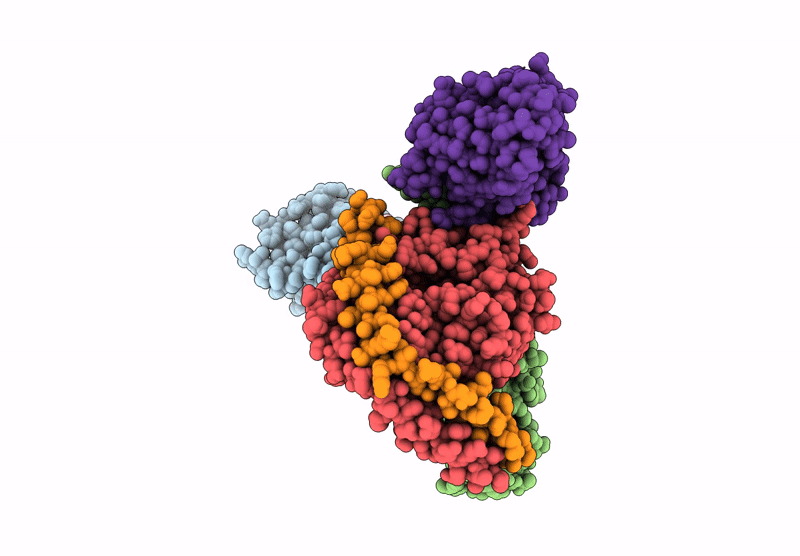
Deposition Date
2024-12-19
Release Date
2025-10-22
Last Version Date
2025-10-22
Entry Detail
PDB ID:
9L42
Keywords:
Title:
Cryo-EM structure of human histamine receptor H4R in complex with agonist histamine and Gi proteins
Biological Source:
Source Organism:
Homo sapiens (Taxon ID: 9606)
synthetic construct (Taxon ID: 32630)
synthetic construct (Taxon ID: 32630)
Host Organism:
Method Details:
Experimental Method:
Resolution:
2.90 Å
Aggregation State:
PARTICLE
Reconstruction Method:
SINGLE PARTICLE


